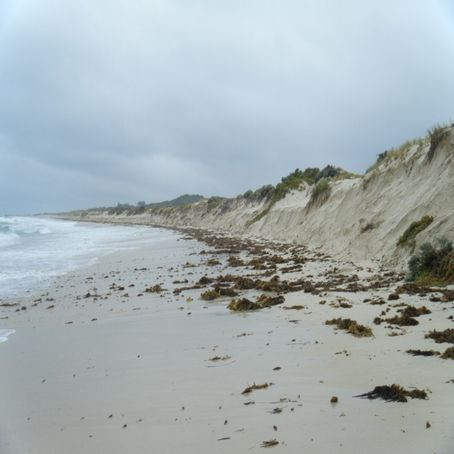Space and time scales modelling may manage coastal areas better, researchers say

To predict the future of our coastline and better manage it, authorities may use “space and time scales,” according to an international team of scientists.
The team, which included researchers from the University of Western Australia (UWA), refers to time scale as looking at the impact of forces on the coastline from different weather events over time. Space scale, on the other hand, is measuring coastal impact across a variety of locations.
Coastal areas have the largest and fastest-growing human population, and are regions where infrastructure and economic activities are concentrated. They can be considered hazardous, due to factors such as erosion and flooding, which may be worsened by rising sea level and “coastal squeeze,” or when development happens near the shoreline.
While it is challenging to analyse information relating to coastal changes, the researchers recommend the use of space and time scales to better predict the impact to coastlines in the future.
Even small weather events such as a storm on a beach could have a significant impact on the coastline, says study co-author Professor Charitha Pattiaratchi from UWA. She cites the impact of a 2011 storm that occurred in Yanchep in Perth, Australia, which they monitored for the research.
“The impact to the coastline from just this one event was significant – it eroded significant metres of shoreline, including five metres vertically from the dune system. The impact of such events is influenced by recovery time scales which vary depending on location,” Pattiaratchi says.
She says that if their recommended method was used, authorities would have been able to look at hundreds of these events and coastline impacts over time. This would have helped in mapping out potential areas of coastline impact into the future and provide insight into how the coastline maybe affected in years to come, explains Pattiaratchi.
Currently, authorities use coastal sediment transport modelling too measure coastal impact. Often, measurements of coastal sediment transport processes were restricted to a few locations on a section of coast, and may be infrequent in time and too short a time-span of only a few days, according to Dr Shari Gallop, the study’s lead author from Macquarie University and formerly from UWA.
“Sometimes, we may only have measurements during certain conditions such as a storm, or calm conditions, but coastal management needs to consider longer-term changes as a result of all conditions,” she says.
The research team published their study in Frontiers in Marine Science — Coastal Ocean Processes.
Contact the writer at feedback@ibtimes.com.au or tell us what you think below.





















